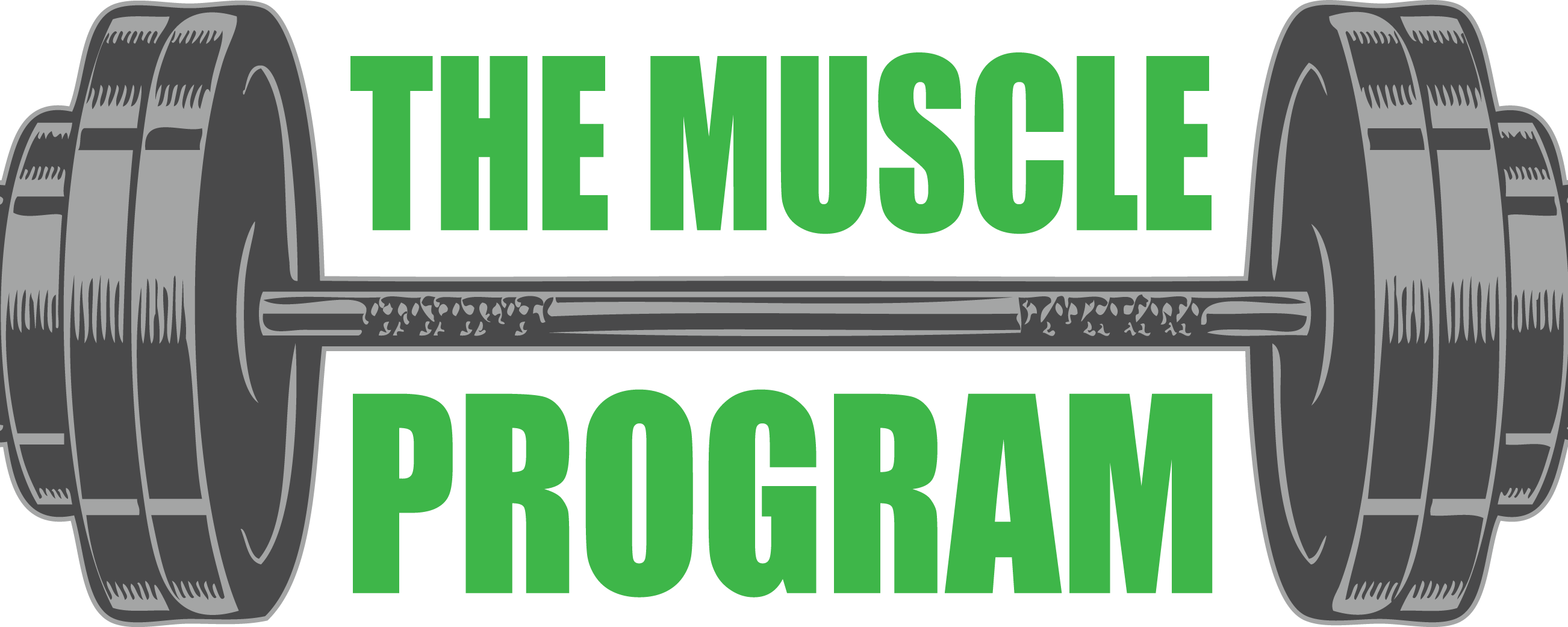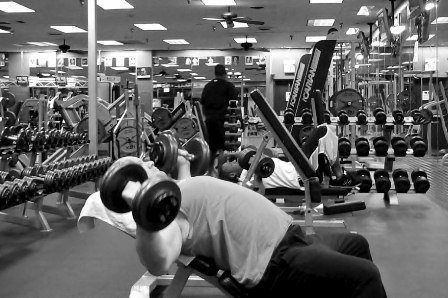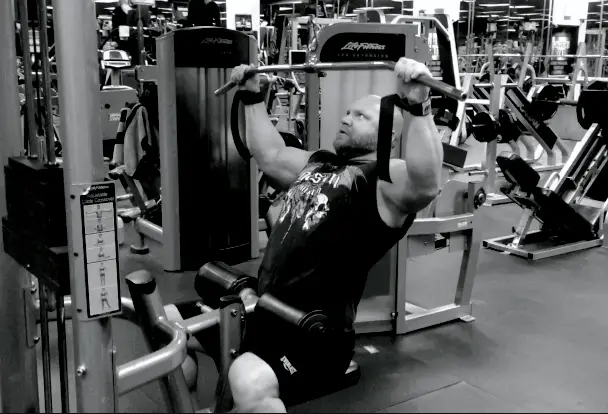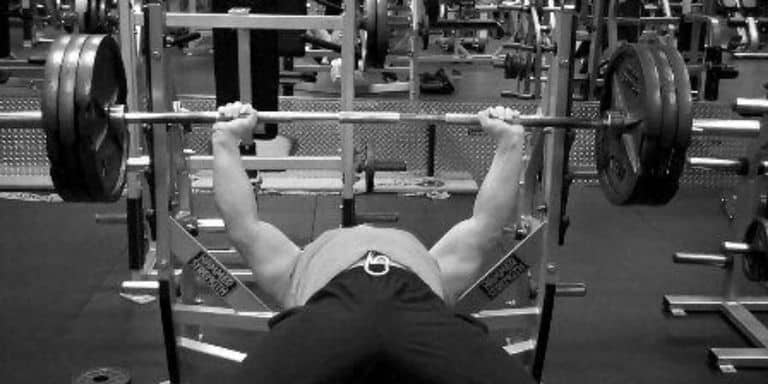Deload Workouts: Back-Off To Build More Muscle
What is deloading? Have you ever had one of those days when you get to the gym and you’re just not feeling it?
Even with the double dose of pre-workout you just took, you’re laying on the bench press and you’d rather take a nap than push that ‘315’ that’s over your chest!
Or maybe you’ve been training hard for several months but you’re not making any gains and feeling burnt out.
This usually means it’s time to back off to build more muscle. But I’m going to show you an awesome alternative to taking time off from the gym; it’s called DELOADING.
In this post, I’m going to show you:
- How to deload
- When to deload
- Deload workouts for each body part
- Different deload programs you can do
What Is Deloading?

I’m going to explain deloading, but first, let me share a short story…
One day I was in the gym and just wasn’t feeling it. It was more than just being tired or not eating enough the previous day, and it was more than merely having to break through mentally.
I could tell my body was needing a break. Rather than throwing in the towel (love that phrase cause it’s from Rocky!), I shortened my workout and lowered both my weight and intensity; I kinda went through the motions.
I did that for the rest of the week, and you know what? I came back stronger and more focused that following week! And that’s what deloading is.
Deload workouts are one or more (or a combination) of:
- Workouts that aren’t as intense
- Not going as heavy (using 50-60% of your max)
- Doing less sets
- Short workouts; less overall training volume
How To Deload: Keep It Simple
The first and most crucial thing about deload workouts is this: Don’t overcomplicate it; don’t overthink it.
Let’s go back to my story above. I was getting ready to train chest and biceps. My regular workout routine would have looked like this (for the program I was on at the time):
Standard Workout:
- Bench Press: 4 x 10, 8, 6, 6
- Incline Bench Press 4 x 8
- Dumbbell Press: 4 x 8 (drop set on final)
- Cable Flyes: 4 x 12-15
- Barbell Curls: 3 x 8
- Dumbbell Hammer Curls: 3 x 10 (drop set on final)
Now let’s take a look at the deload version of this workout.
Deload Workout:
- Incline Bench Press: 3 x 8
- Cable Flyes: 3 x 10
- Dumbbell Hammer Curls: 3 x 10
You can clearly see you’re doing fewer sets and you’re reducing your training volume. You’ll also be doing only 50-60% of your max for every set. So your intensity is going to be much lower.
When and How Long to Deload
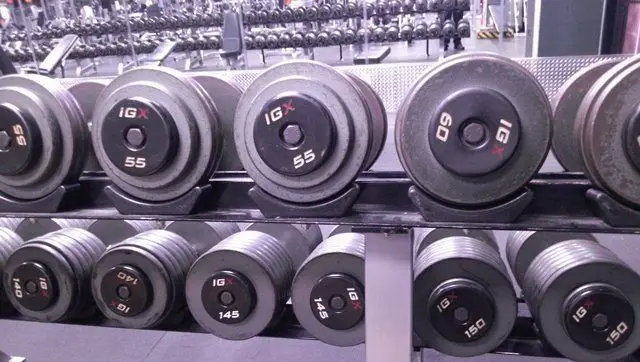
Before we get into the workouts, we need to answer the question: ‘How do you know when to deload?’
It’s a fact that we simply cannot train with all-out intensity 365 days a year. Training hard week-after-week eventually takes a toll on our bodies and our central nervous system. Sometimes you have to back off a little in order to grow.
Below, I’m going to give you some signs that you need to look for to know if you need to deload. I’m also going to tell you how long to deload for.
Deload for at least a week if…
- You’ve been on an intense workout program for several weeks
- You’re feeling burnt out and unmotivated
- You’re not getting stronger (this is if you’re training specifically for strength)
- Your muscle gains have come to a halt
Deload for one day (your current workout) if…
- You did not get enough rest the night before
- You did not eat enough quality calories that day or the day before
- You’re just not feeling 100% that day
**After that, you can determine if you need to continue with deloading workouts longer (you may decide that you need to deload for the whole week).
Whereas I think the term overtraining is overused, I do believe this deload principle can really help you break past that plateau and get to that next level of muscle growth.
In some cases, deloading may be necessary for this to happen. Deload for a few days, or even a week, and you might be amazed at how strong you are when you go back to training heavy and all-out.
Deload Workouts by Muscle Group
Now I’m going to give you some simple deload workouts for each body part. These workouts are perfect for those days you’re not 100% and feel like you need to back off a little.
You can still challenge yourself a little but don’t go overboard using super heavyweights The goal here is to just go through the motions and give your body a break.
Some quick rules to remember for these deload workouts are:
- Only do 2-3 sets per exercise
- No more than 3 exercises for major muscles (chest, back, arms, quads)
- No more than 2 exercises for a smaller muscle (arms, calves, hamstrings)
- Don’t train to failure (it’s ok to get a pump though)
**You could also make the below workouts an entire deload week with a Monday through Friday schedule.
Deload Chest Workout
| Exercise | Sets x reps |
|---|---|
| Bench Press | 3 x 8 |
| Incline Dumbbell Press | 3 x 10 |
| Pec Dec Flyes | 3 x 10 |
Deload Back Workout
| Exercise | Sets x reps |
|---|---|
| Deadlifts or Barbell Rows | 3 x 8 |
| Seated Rows | 3 x 10 |
| Lat Pulldowns | 3 x 10 |
Deload Leg Workout
| Exercise | Sets x reps |
|---|---|
| Squats | 3 x 8 |
| Leg Extensions | 3 x 12 |
| Leg Curls | 3 x 12 |
| Standing Calve Raises | 3 x 12 |
Deload Shoulder Workout
| Exercise | Sets x reps |
|---|---|
| Seated Shoulder Press | 3 x 8 |
| Lateral Raises | 3 x 10 |
| Dumbbell Shrugs | 3 x 10 |
Deload Arm Workout
| Exercise | Sets x reps |
|---|---|
| Close-grip Bench Press | 2 x 10 |
| Rope Pressdowns | 2 x 10 |
| Preacher Curls | 2 x 10 |
| Dumbbell Curls | 2 x 10 |
Deload Week: 4-Day Workout Program
This section is for when you’re planning ahead to do a full deload week. Usually this is done at the end of an intense training program. A full week of deloading will help you recover.
The deload program schedule would ideally be:
- Monday: Workout 1
- Tuesday: Workout 2
- Wednesday: Rest
- Thursday: Workout 3
- Friday: Workout 4
- Saturday and Sunday: Rest
Deloading for an entire week also serves as a bridge between programs, or even between sections of a program you’re running (for example, the program may be 14 weeks with a deload week after weeks 6 and 13).
When deloading for a whole week, I recommend training 3-4 days that week. To do this, you’ll have to double up on some muscles for a couple of workouts. I’ll show you how I do it.
Below, I’m giving you a 4-day deload week program. Since legs and back will still have their own day, I’ll give you some different exercises than the single workouts I gave you above (though you’ll keep the core compound exercises in there).
Day 1 Workout: Chest and Biceps
| Exercise | Sets x reps |
|---|---|
| Bench Press | 3 x 8 |
| Incline Dumbbell Press | 3 x 10 |
| Barbell Curls | 3 x 10 |
Day 2 Workout: Back
| Exercise | Sets x reps |
|---|---|
| Deadlifts or Barbell Rows | 3 x 8 |
| Dumbbell Rows | 3 x 10 |
| Pull-ups | 3 x 10 |
Day 3 Workout: Legs
| Exercise | Sets x reps |
|---|---|
| Squats | 3 x 8 |
| Leg Press | 3 x 10 |
| Stiff-Leg Deadlifts | 3 x 8 |
| Seated Calve Raises | 3 x 12 |
Day 4 Workout: Shoulders and Triceps
| Exercise | Sets x reps |
|---|---|
| Seated Overhead Press | 3 x 8 |
| Bent-over Raises | 3 x 10 |
| Cable Pressdowns | 3 x 10 |
More Deload Training Splits
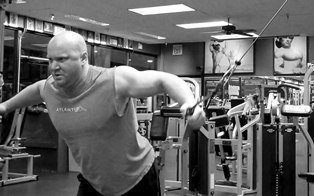
There’s a variety of ways you can do your deload week. The above is just one example. I also want to briefly give you two more possible training splits for deloading.
3-Day Deload Week
Workout 1: Chest, Shoulders, and Biceps
- Bench Press: 3 x 8
- Seated Dumbbell Press: 3 x 10
- Dumbbell Hammer Curls: 3 x 10
Workout 2: Legs
- Squats: 3 x 8
- Leg Press: 3 x 10
- Leg Curls: 3 x 10
Workout 3: Back and Triceps
- Barbell Rows: 3 x 8
- Lat Pulldowns: 3 x 10
- Rope Pressdowns: 3 x 10
**This would ideally be Monday – Wednesday – Friday
***This deload week would be perfect to do after my Advanced 5×5 Workout Program for Muscle and Strength Gains
4-Day Deload Week – Lower Body 2x a Week
Workout 1: Upper Body
- Barbell Rows: 3 x 8
- Bench Press: 3 x 8
- Seated Rows: 3 x 10
- Incline Dumbbell Press: 3 x 10
Workout 2: Lower Body
- Squats: 3 x 8
- Leg Press: 3 x 10
- Leg Extensions: 3 x 10
- Seated Calve Raises: 3 x 12
Workout 3: Upper Body
- Seated Overhead Press: 3 x 8
- Reverse Grip Barbell Rows: 3 x 8
- Cable Pressdowns: 3 x 10
- Dumbbell Curls: 3 x 10
Workout 4: Lower Body
- Deadlifts: 3 x 8
- Front Squats: 3 x 10
- Leg Curls: 3 x 10
- Standing Calve Raises: 3 x 12
**Ideally be 2 days on, 1-2 days off.
**If you’re ready to start a PREMIUM TRAINING PROGRAM, then click here for my 12-week muscle mass and strength training program.
Deloading VS Taking Time Off
Some will say it’s good to take a few days or even an entire week off from the gym. That may be true to an extent but I personally don’t like taking more than a couple of days off.
There are two problems with taking time off from the gym:
- You break your daily routine
- It’s easier to lose motivation
***My premium 12-week programs all have a specific deload workout at the end of them. You can check those out below:
Hardcore Muscle Building Program
Lean Muscle Building Program
I would rather see you deload that week. This way your routine doesn’t get screwed up and you’re still in the gym burning calories. Because even if you took time away from lifting weights, you don’t want to do nothing for an entire week.
So if it’s that time for you when you feel you need to back off, choose one of the many deload workouts I gave you, or use one of the deload programs for a week.
When your deload week is up, you’ll come back strong and ready the following week!
Train with Passion,
Jason
